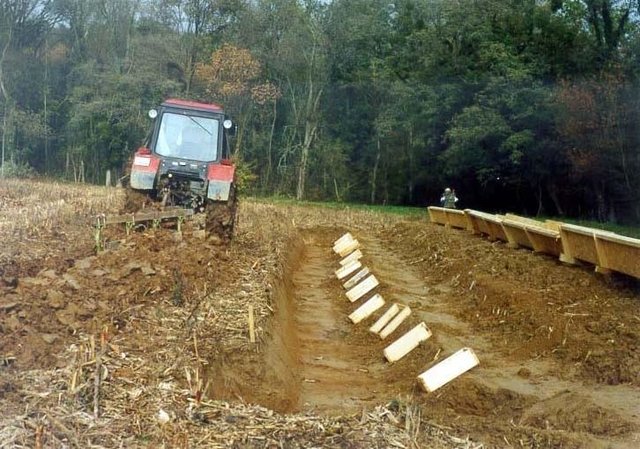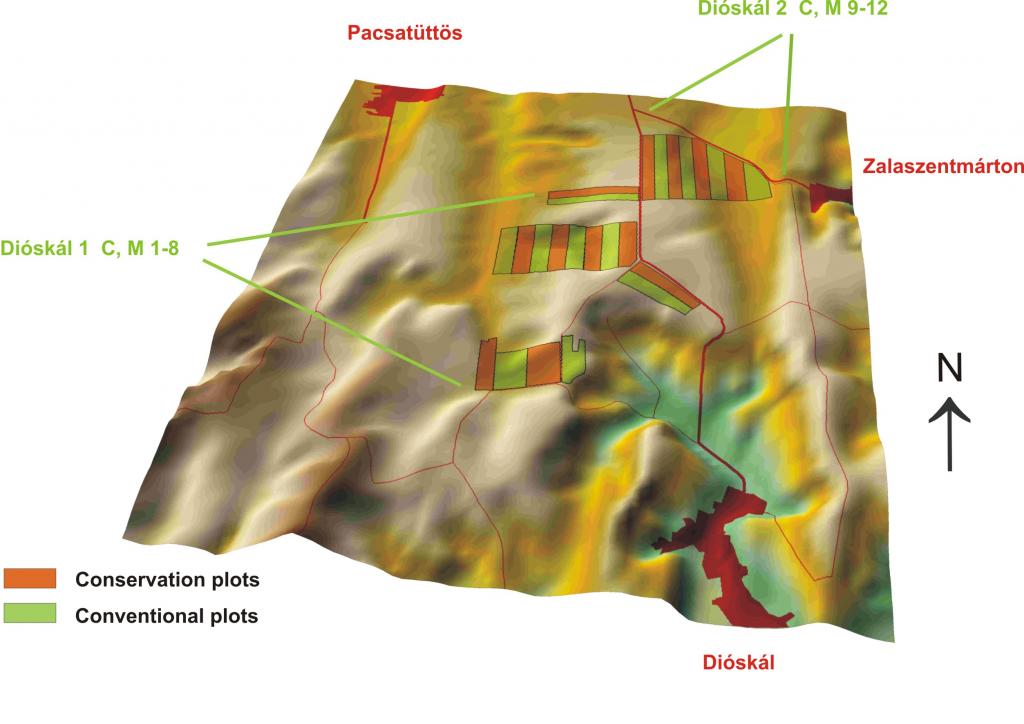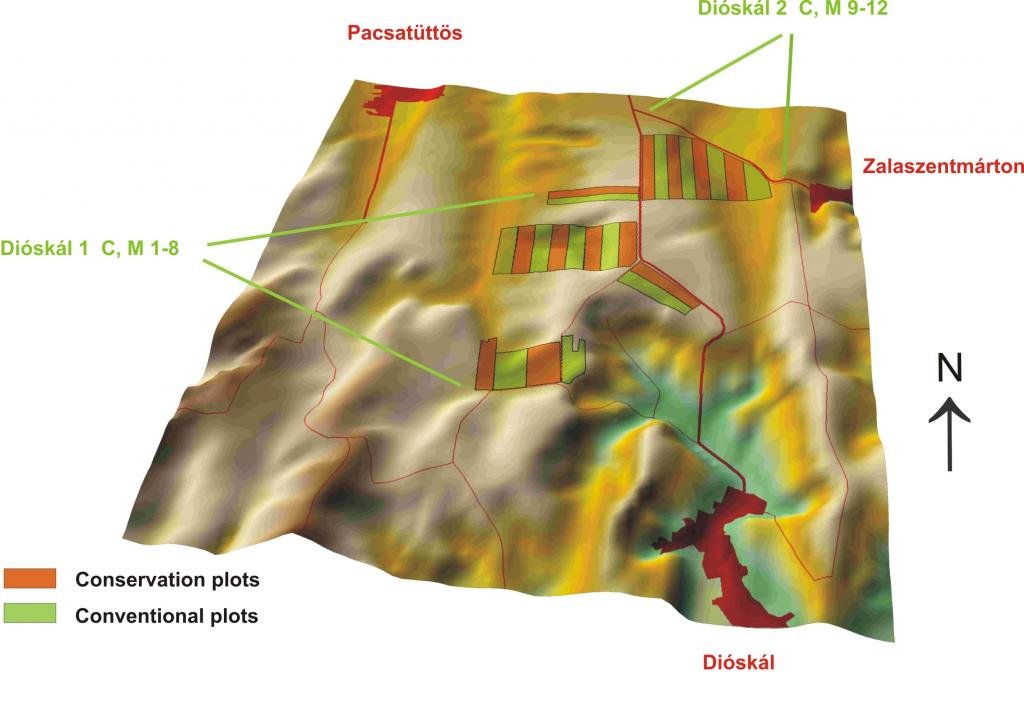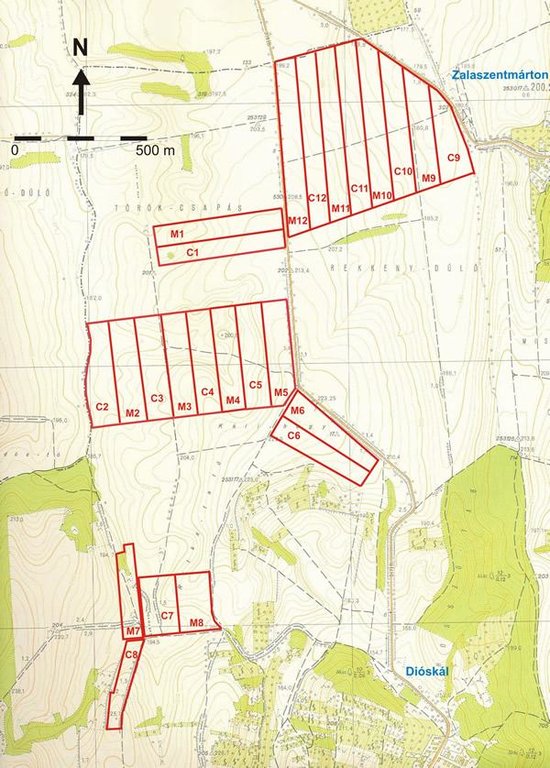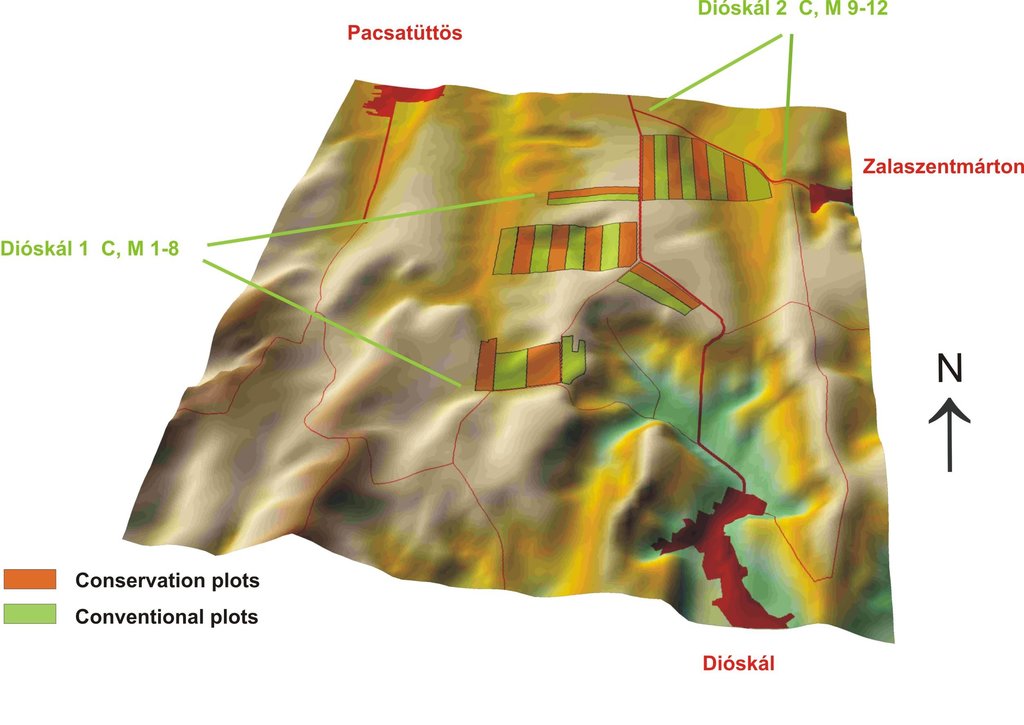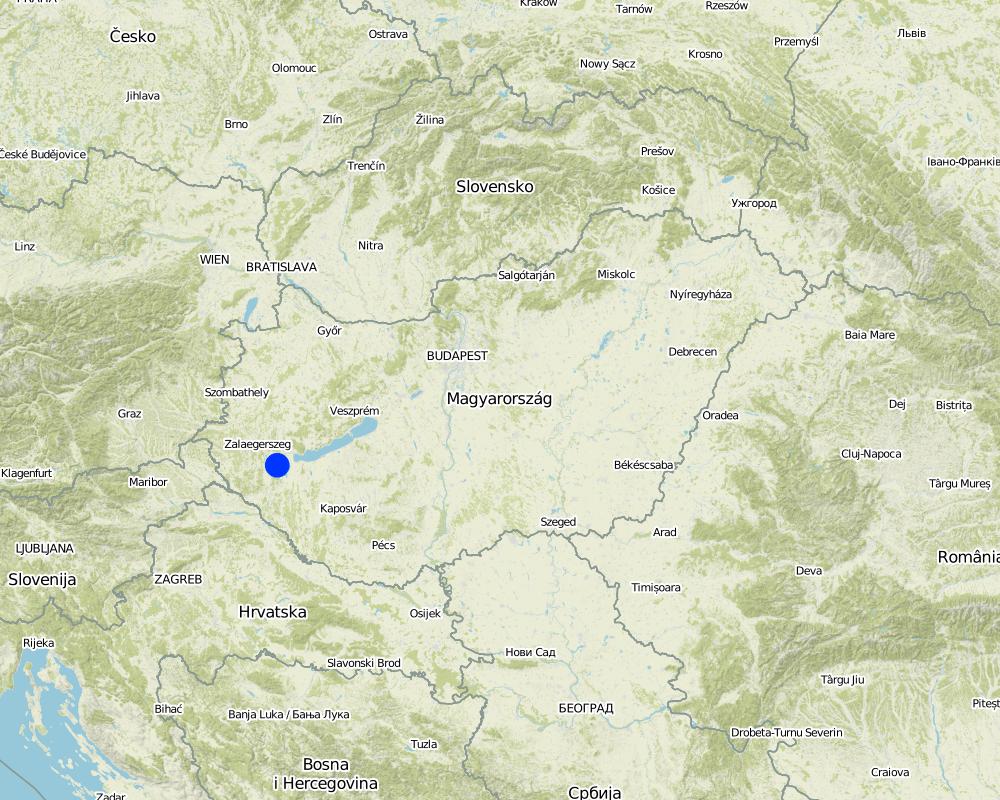2.1 该方法的简要说明
Conventional (contour-line and ploughing) tillage
2.2 该方法的详细说明
该方法的详细说明:
Aims / objectives: The basis of the technology is the annual autumn ploughing. The ploughing and all other cultivation is carried out parallel to the contour lines. This way the erosion can be significantly decreased. The rotational cultivation aims at the reduction of the areal and fluvial erosion, at the repulsion of the weeds and at the attainment of the ideal state of the seedbed at the time of sowing. It is applicable anywhere bellow a certain slope angle. The only restriction is the excessively thin parcel structure. Special education and investment are not required, it can be realised by the available instruments.
2.3 该方法的照片
2.5 采用该方法的国家/地区/地点
2.8 该方法的主要目的/目标
The Approach focused on SLM only
Soil protection (soil loss reduction), yield increase
The SLM Approach addressed the following problems: land repartition and compensation > too much narrow plots
2.9 推动或妨碍实施本办法所适用的技术的条件
法律框架(土地使用权、土地和水使用权)
The existing land ownership, land use rights / water rights moderately hindered the approach implementation
